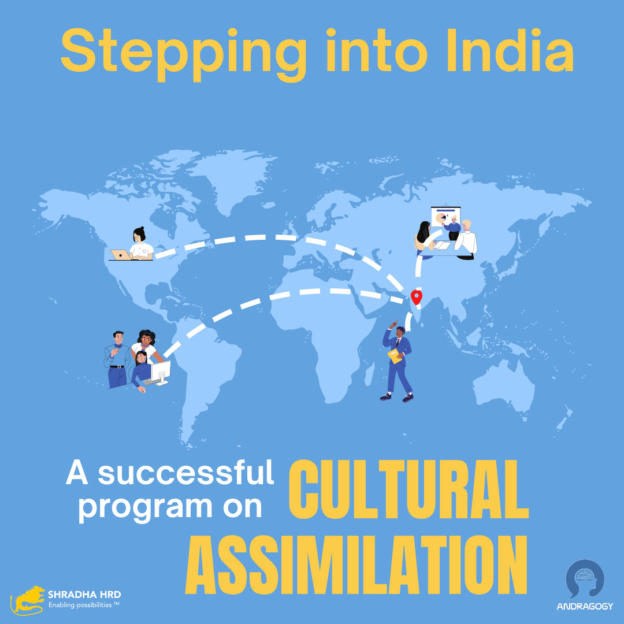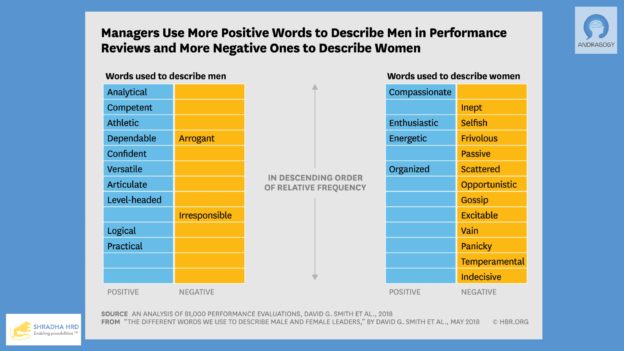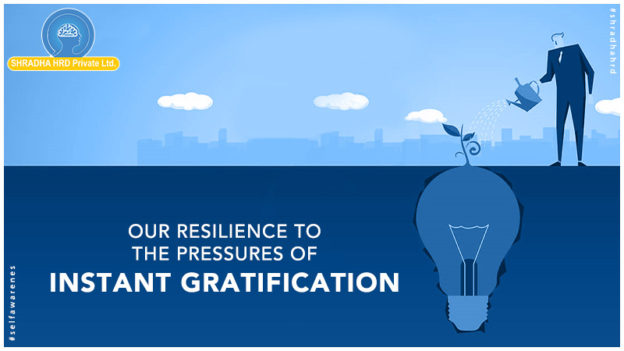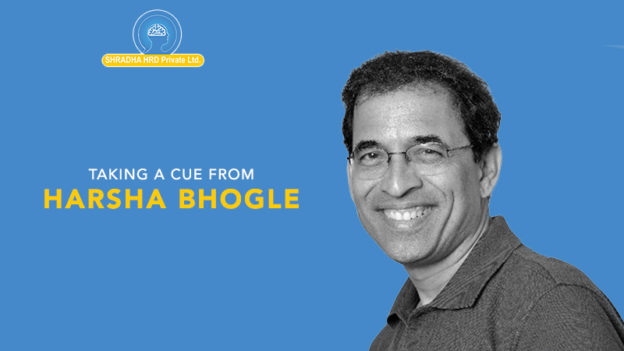
What determines the actual price paid during a transaction? The answer might surprise you. Professional negotiators are well aware of the #anchorbias and use it very effectively while negotiating
An experiment…
Students and Professional real estate agents were given the tour of a house and asked to estimate its value. Beforehand, they were given a randomly generated price. The students valued the house, around the price that was initially given to them.
And the professionals???? Did they value the house objectively. No…they followed exactly the same behavior. This is the #anchoreffect at work.
I recall a colleague that was a pro at “dropping anchors”. Before sending out a quote to a client, she always called them beforehand to set the stage. Her conversation normally was along the theme of…”we just completed a similar project for a competitor of yours and the price was XYZ.”
The anchor was dropped and the negotiation started exactly at XYZ price!!!!!






